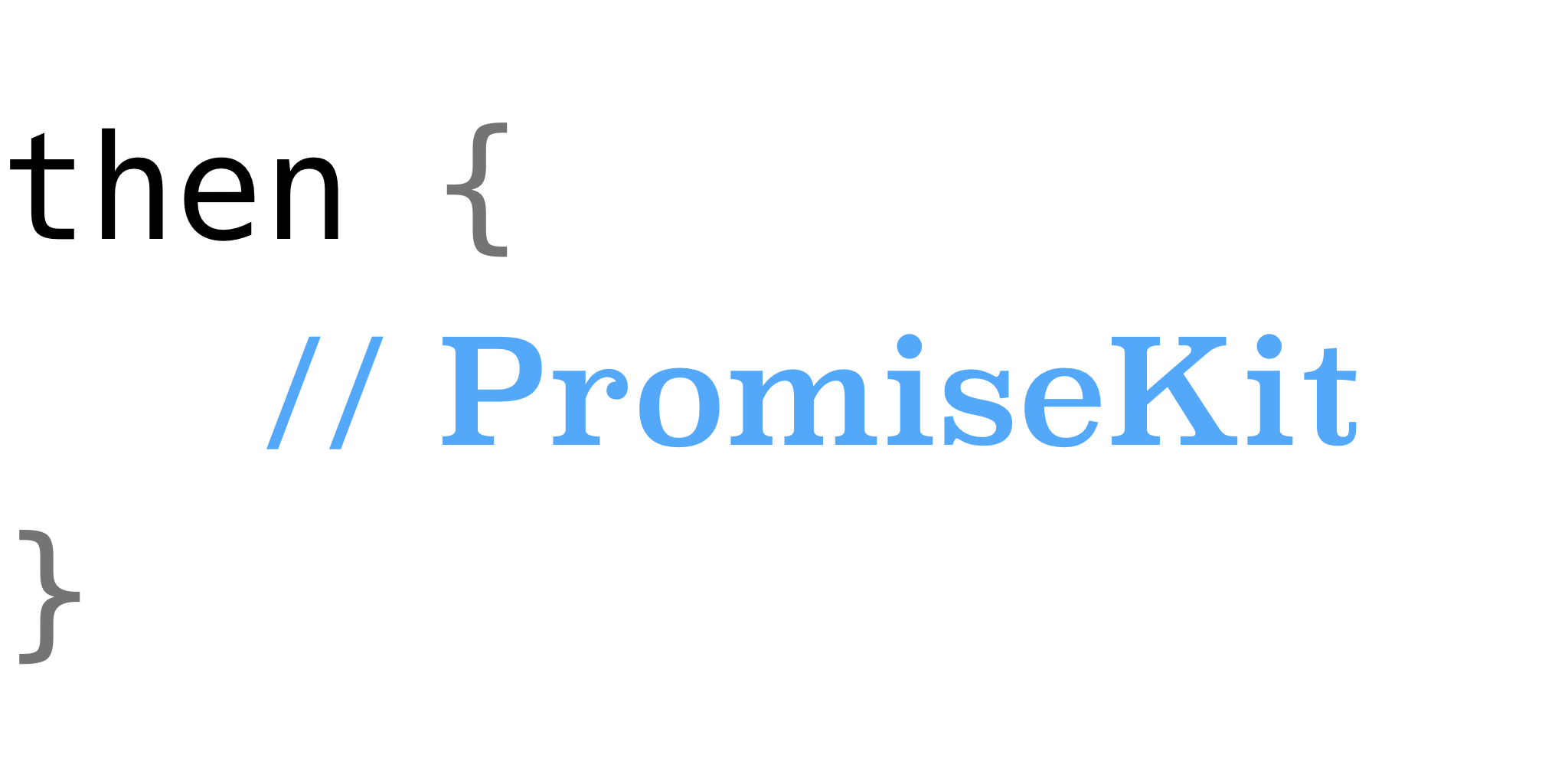Introduction

As I mentioned in the previous post, CoreBluetooth allows us to create applications that can communicate with BLE devices such as heart rate monitors, body sensors, trackers, or hybrid devices.
There are two roles to play in the CoreBluetooth concepts: Central and peripheral.
- Central: Obtain data from peripherals.
- Peripheral: Publish data to be accessed by a central. We can make a Bluetooth device plays as a peripheral from either firmware-side or software-side.
In this post, I will show you how to create a peripheral by using our own identifiers. Also using another device, as a central, to connect and explore our services. Let’s get it started.






